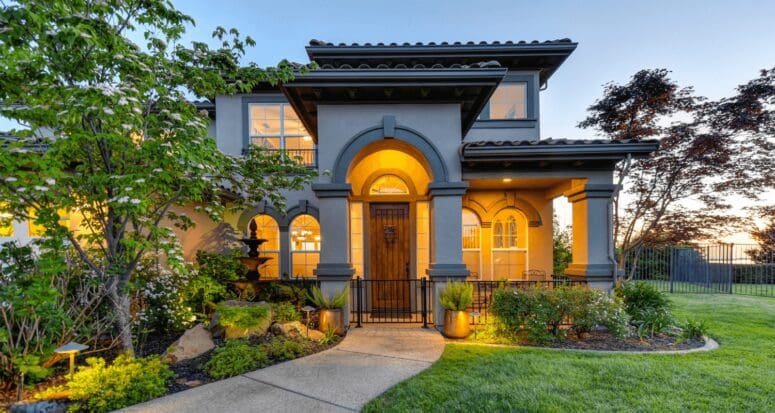Is a 20% Down Payment Necessary When Buying a House? 3 Great Reasons You Might Consider Going Lower
- Published on
- 1 min read
-
 Brittany Anas Contributing AuthorClose
Brittany Anas Contributing AuthorClose Brittany Anas Contributing Author
Brittany Anas Contributing AuthorBrittany Anas is a Denver-based real estate, travel and lifestyle writer. She has 15 years of experience in daily newsrooms, including with The Denver Post and the Daily Camera and has been featured in The Denver Post, 5280, American Way, Simplemost, Make it Better, Men’s Journal, USA Today Travel Tips, AAA publications, Reader’s Digest, TripSavvy and more.
At some point, you’ve probably heard that you need to save 20% for a down payment on a house. The reality? You can purchase a home with a lower down payment. And in some instances, doing so may even be a financially savvy move.
Somehow the 20% rule emerged as a gold standard in real estate, but its origins are murky, as Marketplace, a podcast focused on the economy, points out. The down payment rule is traced all the way back to the Great Depression and is no longer a requirement for home buyers.
In fact, the average down payment for first-time homebuyers is 5%, according to a snapshot of real estate trends from the PR Newswire.
The association points out that the ongoing climb of home prices is pulling down the typical down payment amounts for first-time buyers. Meanwhile, those same high home values are giving sellers the ability to use cash to make bigger down payments on their new homes—but they’re still only putting down 14% on average.
Altogether, the median down payment for homebuyers was 10% in 2017, according to The 2017 NAR Profile of Home Buyers and Sellers.
Suffice it to say 20% down is not just outdated, but it’s also not a reality for every homebuyer. Here are a few reasons why you might want to put less than 20% down:

1. If you’re renting while you save, you’re not building equity
One of the reasons buyers aim for 20% down is to avoid paying private mortgage insurance, AKA PMI. Most lenders require PMI if you put less than 20% down on a conventional loan. Typically, PMI costs between 0.3% and 1.2% of the loan on an annual basis.
But, if you’re sacking away money in savings, waiting to reach that 20% mark, you could be missing out on the financial perks of homeownership, even when you factor in the costs of PMI.
The money you’re now paying in rent is going to your landlord, rather than building equity on a fast-appreciating home of your own.
Also, some cities are experiencing record-low rental vacancies, which is driving rent costs up and leading to steep, year-to-year rent increases.
For example, rent in the Denver-metro area rose nearly 47% between 2010 and 2017. With rent increasing at such a fast pace, it can hamper your home savings goals.
2. You don’t want to miss your window to buy
If you’re waiting until you hit a 20% savings target, you could be missing out on the prime time to buy. Taking advantage of low rates or a buyer’s market can make a huge difference in your bottom line over time.
These market factors can change quickly. Sometimes, striking while the iron is hot is your best bet over waiting and saving.
However, it’s important to understand that the smaller your down payment, the higher mortgage rate you’ll pay. So a smaller down payment may not always make financial sense in the long run.
It’s always best to spend time comparing the potential benefits and drawbacks of buying sooner while rates are lower versus waiting until you have a larger down payment.
Buying a home is a huge decision, and not one to be taken lightly! Always speak to a trusted financial adviser and your real estate agent before jumping into anything.
3. You may have better cash flow
Even if you do have 20% to put down after selling a starter home or hitting a savings goal, it might make sense to keep some of that money in a high-interest savings account or have it available for renovations that you want to make.
Having a cash cushion can be a great benefit after moving and paying closing costs. Also, if an unforeseen financial emergency occurs, having liquid assets can be helpful.
The takeaway here? You shouldn’t let the myth of 20% hold you back from purchasing a home.
Header Image Source: (Stephen Leonardi/ Unsplash)
